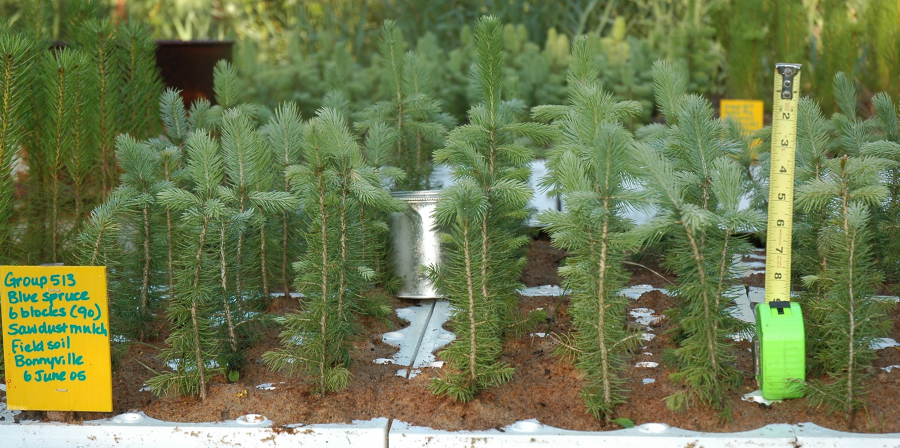
Watering Needs: Needs regular watering – weekly, or more often in extreme heat.īotanical Pronunciation: Picea pungens (PY-see-a PUN-jenz)Īverage landscape size: Reaches 10-12 ft. Fat Albert is a hardy evergreen tree of more compact size, making it ideal for smaller gardens and container plantings. Colorado Blue Spruce Trees are known for their striking blue needles and are an excellent choice for living Christmas trees. Spruce trees make a perfect evergreen windbreak or tall screening tree and can be used as a specimen plant in larger landscapes. View several dwarf blue spruces in the Dunlap Entry Courtyard and the Walled Courtyard at Iowa State University's Reiman Gardens.-30-Įd Moran, Reiman Gardens, (515) 294-2710, McGuire, Continuing Education and Communication Services, (515) 294-7033, color photo, suitable for publication, is available.Blue Spruce (Picea pungens) is a trendy evergreen conifer tree with a handsome, naturally pyramidal form with rigid tiered branches covered with stiff gray-blue needles. Additionally, if grown as a standard, a matching pair can create a year-round formal addition to a home's entryway. It makes a great focal point in the garden, as a foundation planting, or even as a specimen in a mixed border.

Several other cultivars of dwarf blue spruce are available, including P. pungens 'Montgomery' and P. pungens 'Glauca Globosa.' These cultivars share similar attributes such as growth habit and color, often causing confusion not only in the landscape but also in the nursery trade.ĭwarf blue spruce is quite versatile in the landscape.

If grafted onto a taller understock or a standard, the result is a plant with a single-stemmed topiary appearance. Like most selections and cultivars of Colorado spruce, propagation is accomplished during the winter by grafting new growth of existing plants onto seedling understock of the same species. Like most plants, dwarf blue spruce benefit from 2 to 3 inches of organic mulch such as shredded bark or composted leaves. It requires very little attention, except for regular watering during establishment, and selective pruning to control height and habit. Maintenance of dwarf blue spruce is minimal. The growth rate of Picea pungens'Globosa' is quite slow, averaging only 1 to 6 inches per year (3 to 6 feet in 10 years) classifying this conifer as a dwarf. Its coarse, blue-gray needles are extremely vibrant, especially during spring when new shoots (or candles) break, releasing a flush of soft light blue foliage that remains throughout most of spring and summer. It prefers a well-drained to dry soil due to the high elevation of its native habit in the western United States but can easily adjust to most soil types. This attractive, slow-growing conifer has many attributes that make it an outstanding addition to any landscape or garden.ĭwarf blue spruce is adaptable to a wide range of growing conditions and is hardy to USDA Hardiness Zone 3 (-40 to -30 degrees F) to 8 (10 to 20 degrees F). One of the most common cultivars is the dwarf blue spruce ( Picea pungens 'Globosa'). Its numerous cultivars provide gardeners with almost any desired growth habit, which make it a versatile planting option for year-round interest.

Since its introduction in 1862, the Colorado spruce has become a landscape staple across much of the United States. Dwarf Blue Spruce makes a great focal point in the garden, as a foundation planting, or even as a specimen in a mixed border.


 0 kommentar(er)
0 kommentar(er)
